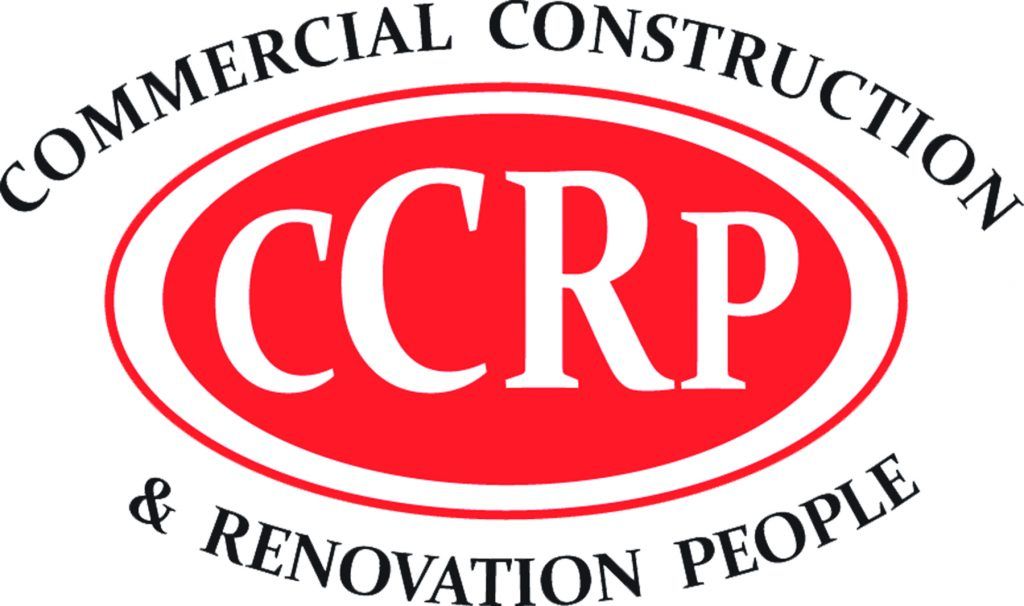Gold investors face a key decision when adding precious metals to their portfolios: should they open a Gold IRA or purchase physical gold directly. Both options provide exposure to gold’s potential benefits, but they work in very different ways. Gold IRAs offer tax advantages and professional storage within a retirement account structure, while physical gold provides direct ownership and immediate access to tangible assets.
The choice between these investment approaches depends on several important factors. Tax considerations play a major role since Gold IRAs follow retirement account rules for contributions and withdrawals. Storage requirements also differ significantly between the two options.
Working with a leading gold investment firm can help investors understand how each approach fits their financial goals. The decision involves weighing factors like investment timeline, tax situation, and personal preferences for asset control. Each method has distinct advantages and limitations that affect long-term investment outcomes.
Core Differences Between a Gold IRA and Physical Gold
Gold IRAs and physical gold differ mainly in how they are owned, stored, and taxed. Physical gold gives direct ownership, while Gold IRAs provide tax benefits but require special storage rules.
Ownership and Custody
Physical gold means complete ownership of the actual metal. Investors can hold gold coins, bars, or jewelry in their hands, which is why many turn to trusted sources like Dallas Coin Buyers for their precious metal investments. They can store it at home, in a safe deposit box, or with a private storage company.
Gold IRAs work differently. The IRS requires all precious metals in retirement accounts to be stored with an approved custodian. Investors cannot take physical possession of the gold while it remains in the IRA.
This creates a trade-off between control and convenience. Physical gold owners have full control but must handle storage and security themselves. Gold IRA investors give up direct access but get professional storage and insurance protection.
The custodian handles all storage, insurance, and security for Gold IRA assets. They charge annual fees for these services, typically ranging from $100 to $300 per year.
Tax Advantages and Implications
Gold IRAs offer significant tax benefits that physical gold cannot match. Traditional Gold IRAs allow tax-deductible contributions, while Roth Gold IRAs provide tax-free withdrawals in retirement.
Physical gold receives no special tax treatment. Investors pay capital gains taxes on profits when they sell. The IRS treats gold as a collectible, which means a maximum tax rate of 28% on long-term gains.
Gold IRA investors can defer taxes on gains until retirement. This allows their investment to grow without annual tax burdens. Early withdrawals before age 59½ face a 10% penalty plus regular income taxes.
The tax savings from a Gold IRA can be substantial over time. A traditional Gold IRA reduces current taxable income while building retirement wealth.
Liquidity and Accessibility
Physical gold offers immediate liquidity. Owners can sell to local dealers, coin shops, or online buyers within hours or days. There are no withdrawal penalties or waiting periods.
Gold IRAs have more restrictions on access. Investors must request distributions through their custodian, which can take several days or weeks to process. The custodian typically sells the gold and sends cash rather than physical metal.
Physical gold provides better emergency access to funds. Owners can sell quickly if they need cash for unexpected expenses. Gold IRAs work better for long-term retirement planning than emergency funds.
Liquidity Comparison:
- Physical Gold: Immediate access, no penalties, direct sale
- Gold IRA: Custodian required, potential delays, early withdrawal penalties
Factors to Consider When Choosing Between Gold IRAs and Physical Gold
Storage requirements, fees, and long-term performance vary significantly between these two investment options. Understanding these differences helps investors make informed decisions about their gold investments.
Storage and Security Requirements
Gold IRAs require investors to store their precious metals with approved depositories. The IRS mandates that gold held in retirement accounts must be kept in secure, third-party facilities. These depositories provide insurance and professional security systems.
Investors cannot take physical possession of gold in their IRA. The precious metals must remain in the approved storage facility until retirement age. This rule prevents any direct access to the gold holdings.
Physical gold ownership allows complete control over storage decisions. Investors can keep gold at home, in a safe deposit box, or with a private storage company. This flexibility comes with personal responsibility for security and insurance.
Home storage considerations:
- Risk of theft or loss
- Need for insurance coverage
- Difficulty proving authenticity when selling
- No professional security systems
Professional storage benefits:
- Insurance protection
- Advanced security measures
- Easier transaction process
- Authenticated storage records
Fees and Costs Involved
Gold IRAs typically involve multiple fee structures that can impact returns. Annual custodian fees range from $50 to $300 per year. Storage fees at approved depositories cost between $100 to $300 annually.
Setup fees for new Gold IRA accounts often range from $50 to $200. Some companies charge transaction fees for buying or selling gold within the account. These ongoing costs reduce the total return on investment.
Physical gold purchases involve one-time costs without annual fees. Dealers charge premiums above spot price, typically 3% to 10% for coins and bars. Larger purchases often receive lower premium rates.
Gold IRA annual costs:
- Custodian fees: $50-$300
- Storage fees: $100-$300
- Transaction fees: varies by company
- Insurance: included in storage
Physical gold one-time costs:
- Dealer premiums: 3-10% above spot price
- Shipping: $25-$50
- Insurance (optional): varies by coverage
- Storage costs: varies by method chosen
Long-Term Performance and Growth Potential
Gold IRAs offer tax advantages that can improve long-term returns. Traditional Gold IRAs allow tax-deferred growth until retirement withdrawals. Roth Gold IRAs provide tax-free growth and withdrawals in retirement.
The required minimum distributions begin at age 73 for traditional Gold IRAs. This forces investors to sell portions of their gold holdings, whether they want to or not. Early withdrawals before age 59½ result in penalties plus taxes.
Physical gold provides more flexibility for timing sales and purchases. Investors can sell at any time without tax penalties or distribution requirements. However, they miss out on the tax-deferred growth benefits of retirement accounts.
Gold prices themselves perform similarly regardless of ownership method. The main difference lies in tax treatment and withdrawal flexibility. Physical gold allows immediate access to funds during emergencies or market opportunities.
Tax considerations:
- Gold IRAs: Tax-deferred or tax-free growth
- Physical gold: Taxed as collectible at 28% rate
- Capital gains timing: More control with physical gold
- Estate planning: Different rules apply to each option
Conclusion
Both Gold IRAs and physical gold offer different paths to precious metals investing. Gold IRAs provide tax benefits and retirement account advantages but come with more rules and fees. Physical gold gives direct ownership and control but lacks retirement tax benefits.
The choice depends on individual goals, tax situation, and preferred level of control. Investors should match their investment strategy with their long-term financial needs and risk tolerance.
























